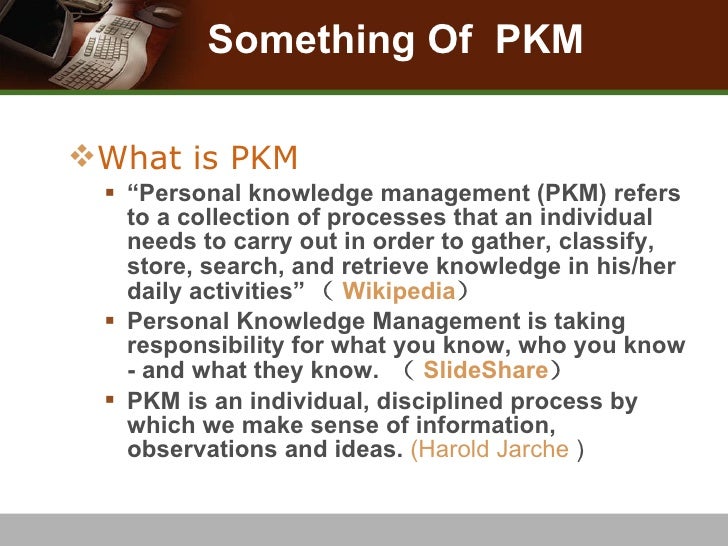

However, if I found it to be useful then that information qualifies as an important resource to be stored. If an information is not useful, I remove it from the inbox. In this stage, I begin to sort through all of the information in my TickTick’s Inbox section. The second stage in my PKM system is Neat Storage. Tools: Notion, Google Drive, and Calibre Whenever I come across a paper, webpage, git repo that I’m interested in, I put them into my TickTick’s Inbox section and go through them at a later time.

In TickTick, I utilize the Inbox section as a destination for any information that I have come across. Third, I like the UI/UX of the app in general.

Second, you can attach files to a todo item which is useful when I want to add PDFs to the quick capture inbox. First, it is available in all the operating systems that run on my devices which are iOS and macOS. With that said my reasons for using TickTick are three folds. Even though I use TickTick, any other app of your choice can be used. This is essential because when working on ML projects or doing research on ML related topics I tend to come across many papers, books, code bases, etc that might be of interest but don’t have time to go through at the moment. It is when I quickly note down this piece of information onto a central place. The first stage a piece of information goes through in my PKM system is the Quick Capture stage. The following sections will explain each stage in details. In my PKM system, a piece of information goes through three stages. Hence, my PKM system lives inside a bigger system created using that method. Personally, I manage all aspect of my digital life using the P.A.R.A method introduced by Tiago Forte’s. You can read more about the P.A.R.A method here. The P.A.R.A method essentially divides your entire digital life into Projects, Areas, Resources, and Archives. While this article focuses on my experience as a Machine Learning engineer, I believe that other professionals or academics can gain some useful information from this article. More specifically, I will walk you through three stages a piece of information goes through in my PKM system and the tools I used to achieve the goal of each stage. Therefore, in this article I want to share with you how I setup the system. One of the insights is using a Personal Knowledge Management (PKM) system to help me manage all the information I came across while doing research and working on projects. This provided me with a few insights on how to improve myself in the field. The information I have come across can be books, Youtube videos, online articles, git repos, or even Stack Overflow’s Q&As. From the job, I often found myself doing alot of reading and learning. After graduating university back in 2019, I started a job in a local startup as a Machine Learning Engineer.


 0 kommentar(er)
0 kommentar(er)
